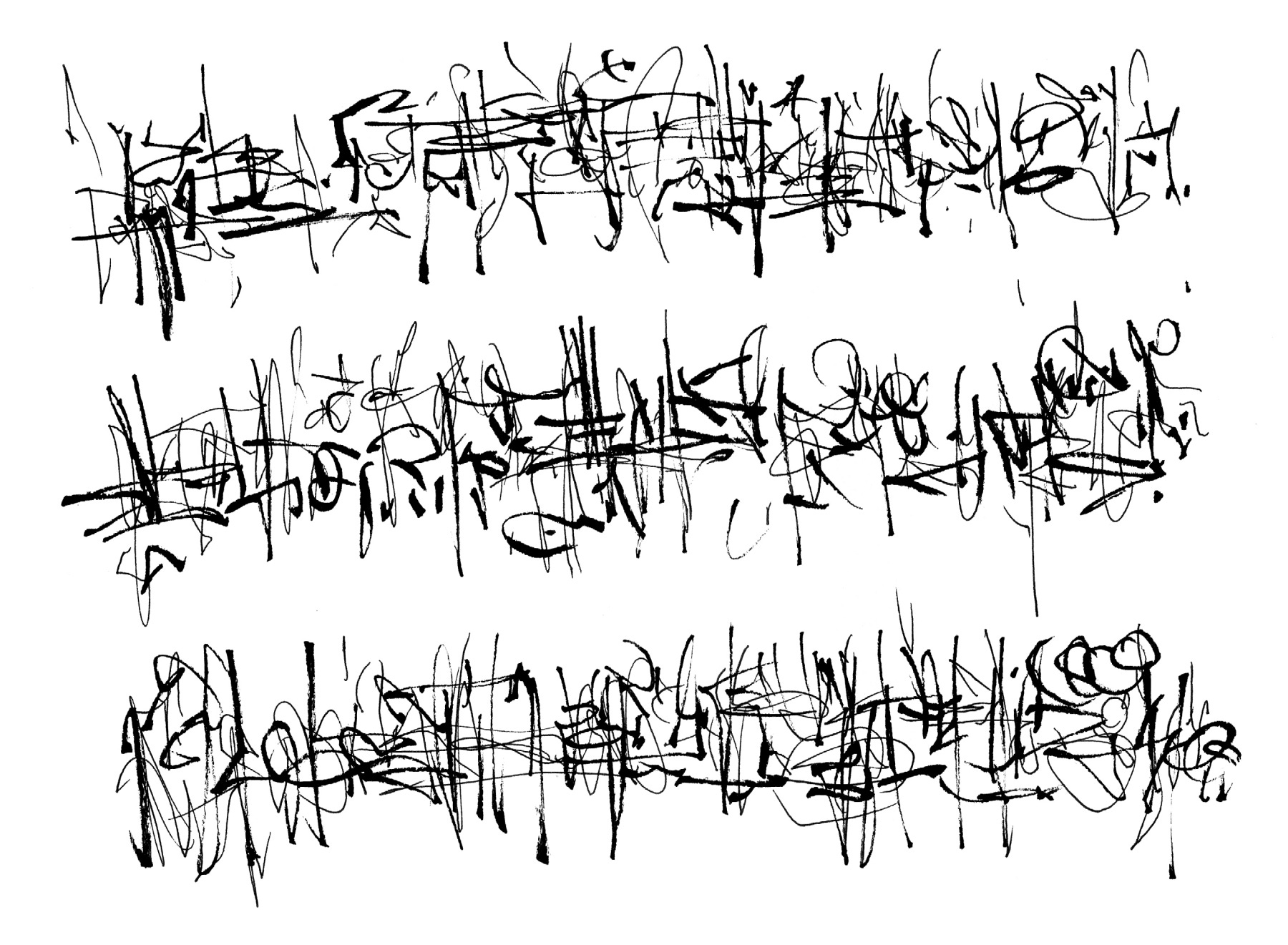New Year’s Resolutions for a Creative Lifestyle
Establish your creative lifestyle with routines.
You may have seen this a couple of weeks ago as a part of the post called Discipline and Intention: Crafting a Lifestyle for Creative Fulfillment. But now that we are officially almost to 2025, here it is again in case you forgot.
New Year’s Resolutions for a Creative Lifestyle
Plan to be ready by January 1, 2025 - create and establish a daily creative practice.
Start a digital book document and begin keeping a dated daily journal. Start with date, when you woke up, record the events of the day the best you can, write other thoughts or notes, end the day by writing when you went to bed. At the minimum write the date, when you got up and when you went to bed. That only requires about 1 minute a day to establish the habit over time. The main thing is the daily habit.
Buy a new sketchbook/notebook to start the new year and date every entry or artwork in your chosen medium as you go along. Digitize everything and keep in a 2025 art folder on your computer or in the cloud and possibly add images to your digital journal. Try to make something (anything) artwork in your chosen mediums and date it every day.
Create an inventory system to identify every individual work you make in 2025. Write this number such as 2025.001, 2025.002 etc. on every artwork in your chosen mediums and use as part of the file name for the digital version. (check out the above image information for how I do it). Figure out how to store loose works. box, drawer, portfolio, etc.
Give yourself quotas to meet every month or think in quarters or semesters i.e. one finished drawing or artwork a day or week, 250-500 words of writing a day, a poem or song a day or week, a painting a month, etc. whatever you think you can handle sustainably without stressing out.
Plan out a creative schedule for yourself and a place to work and then collect your needed materials together.
Go for a walk every day even if just around the block. Stepping out the door is the main thing.
Keep it simple, keep it doable. Next year, once your routines are established then you can amp up the game a bit. The main thing is creating the routines for the long haul based on the development of small, constant habits. That is the only thing to think about.
This coming year along with what I normally do, I am going to incorporate the habit of going to the gym every day. Using the small, constant habit idea, my only task is to show up and log in and then do something or other. Then I can leave. So I might walk, do a couple of machines, some stretching or something and eventually that will get boring so I expect I will get used to showing up and to be inspired to study up on the subject and be in pretty good shape by the end of 2025. AND going to the gym will just become normal for me which is never has been.
A well established routine becomes a familiar home base when things get chaotic or out of sorts and helps to keep an artist grounded in their practice. You don’t have to start up a lot of different routines all at once. You can pick one and get it started. When you feel it is locked in after maybe three months, then you can start the next one while continuing the previous one. This has proven successful for me.
Praemonitus Praemunitus - `Forewarned is Forearmed'
Here is an article from Ohio State University that says researchers suggest that only 9% of Americans that make resolutions complete them. In fact, research goes on to show that 23% of people quit their resolution by the end of the first week, and 43% quit by the end of January.
Four reasons why people seem to fail at New Year’s resolutions.
Goals should start at a time of change or need for change. So many resolutions are set because it is tradition. Goals are your vision of what you would like the future to look like. If you are setting a resolution for tradition's sake, then your motivation will be lacking compared to a goal set because of a need.
Expect Obstacles. No matter how small or straightforward the goal is, there is always a chance for an obstacle. To keep your optimism, identify obstacles and create plans to avoid barriers. This will reduce the possibility of setbacks or failure.
Set goals into challenging, measured but smaller chunks. Data shows that if you set challenging goals, you will be motivated to reach them. Goals that are measured will not only show your progress but will inspire you when you see the data. It also gives you a chance to celebrate small wins when you reach a milestone. Any celebration of a goal will help you continue pursuing the goal.
Accountability. Studies show that people who not only write their goals but set up a way to be accountable for them will be twice as likely to achieve them. Accountability means that you are responsible to someone to accomplish the goal; this can be motivating. There are four ways you can set accountability: tell a friend, create or join an accountability group, use technology, like setting measured milestones on an electronic calendar, or hire a coach.




I have trouble celebrating milestones. Sometimes even realizing the milestones happened is difficult for me. Thanks for sharing a great post :)